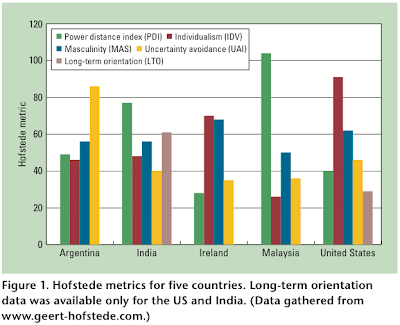When Geraldine Ferraro ran for vice president in 1984, I had no idea what it meant to be a feminist and to be limited as a member of a marginalized group. But I did have the impression that Ferraro must have been a Very Bad Person, based on the people talked about her, both in terms of content and tone. It didn’t occur to me that her gender had anything to do with it. Her passing on the weekend provides me with an opportunity to reflect on how little I understood at the time about her and what she did for us.
That year, I was thirteen years old and in grade eight. I was not following politics at all. To me, the most significant event on the world stage was the birth of UK’s Prince Harry in September. I knew that there was a presidential election in the US and who candidates were. I knew that Geraldine Ferraro was running. I had no idea what the issues were in the election. But I did have the impression that Ferraro must be a Very Bad Person.
The news was always critical. She had said the wrong thing. She was doing things she shouldn’t have. Her past was questionable. More damaging than the facts were the implications, which read like a laundry list of words to marginalize someone: incompetent, immoral, not Christian, too uppity, exceeding her capabilities… The adults around me (both men and women) seemed to feel a sense of outrage; how dare she run for Vice President!
It did not strike me as remarkable that a woman was running for the position. I had the mistaken idea that the world always was and will be this way. It didn’t occur to me that people expressed these sentiments about her, because she was a woman. I had the mistaken idea that men and women had equal opportunity in our society.
To give you an idea of how unenlightened I was, let me tell you about the most memorable scene (to me) from the move Top Gun. Maverick (Tom Cruise) had kept Charlie (Kelly McGillis) waiting, because he stayed to play beach volleyball with his mates. When Maverick arrived at Charlie’s place, he made weak excuses and asked her to wait some more while he had a shower. Charlie said no and made him talk to her un-showered. This scene amazed me, because it was an example of a woman not letting a man get away with bad behavior. In my daily life, male relatives often acted badly, and women just put up with it. It never occurred to me that there was something that we could do about it.
But, in a sense, there wasn’t anything we could do about it. On one occasion, I did resist and it didn’t work out well. My brother, sister, and I were supposed to take turns making lunch to bring to school. My brother, being the youngest and the only son, often shirked his duties with little reprimand from our parents. The job was often left to me and my sister. We probably should have just not made his lunch until he pitched in. But that was too blatant and would have drawn the ire of our parents. My sister and I hatched a plan: we would make his sandwich inside-out with the bread in the middle, the meat on the outside, and the condiments on top. We giggled like fiends as we prepared this messy revenge. When my brother came home, he was furious. (My husband says that it was probably because we embarrassed him in front of his friends.) He raged and yelled at us. And what did we do? We did what we saw our female role models did. We acquiesced and didn’t do it again. It’s astonishing, now that I look back on it. The me in 2011 would never put up with something like this. I don’t think we did our brother any favors either.
Reading Ferraro’s obituary gave me a new appreciation for what she did and how far I have come. I know what it’s like to be under attack. I know what it’s like to have special attacks lobbed at me with astonishing vitriol, because I was a woman and I dared. She held up remarkably against the barrage of attacks. She opened up possibilities for women who followed. Rest in peace, Geraldine Ferraro.
